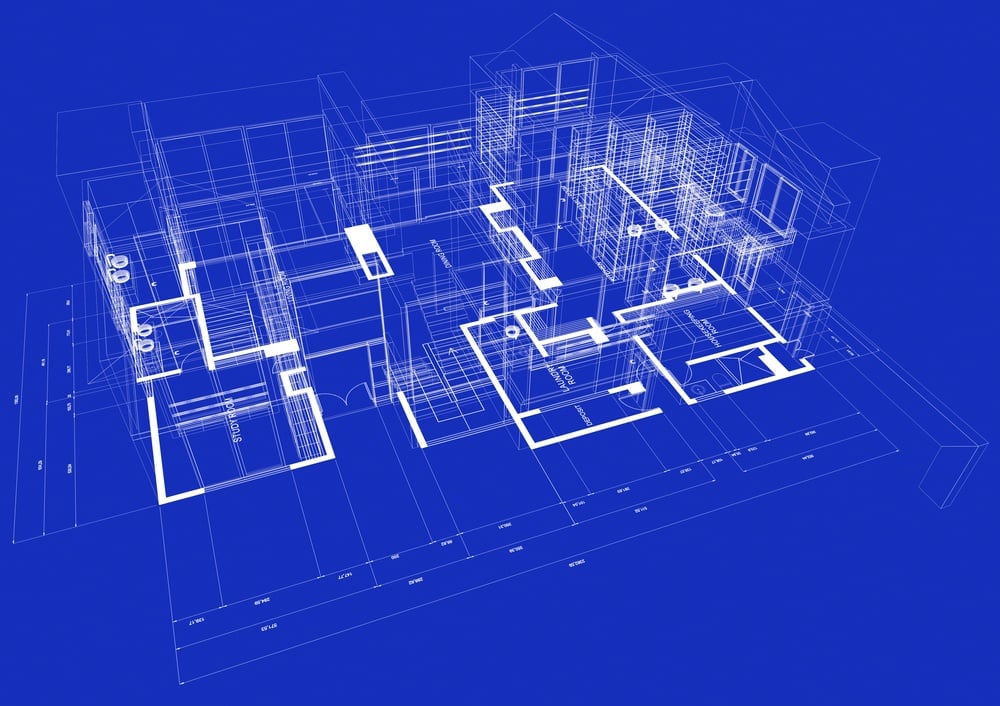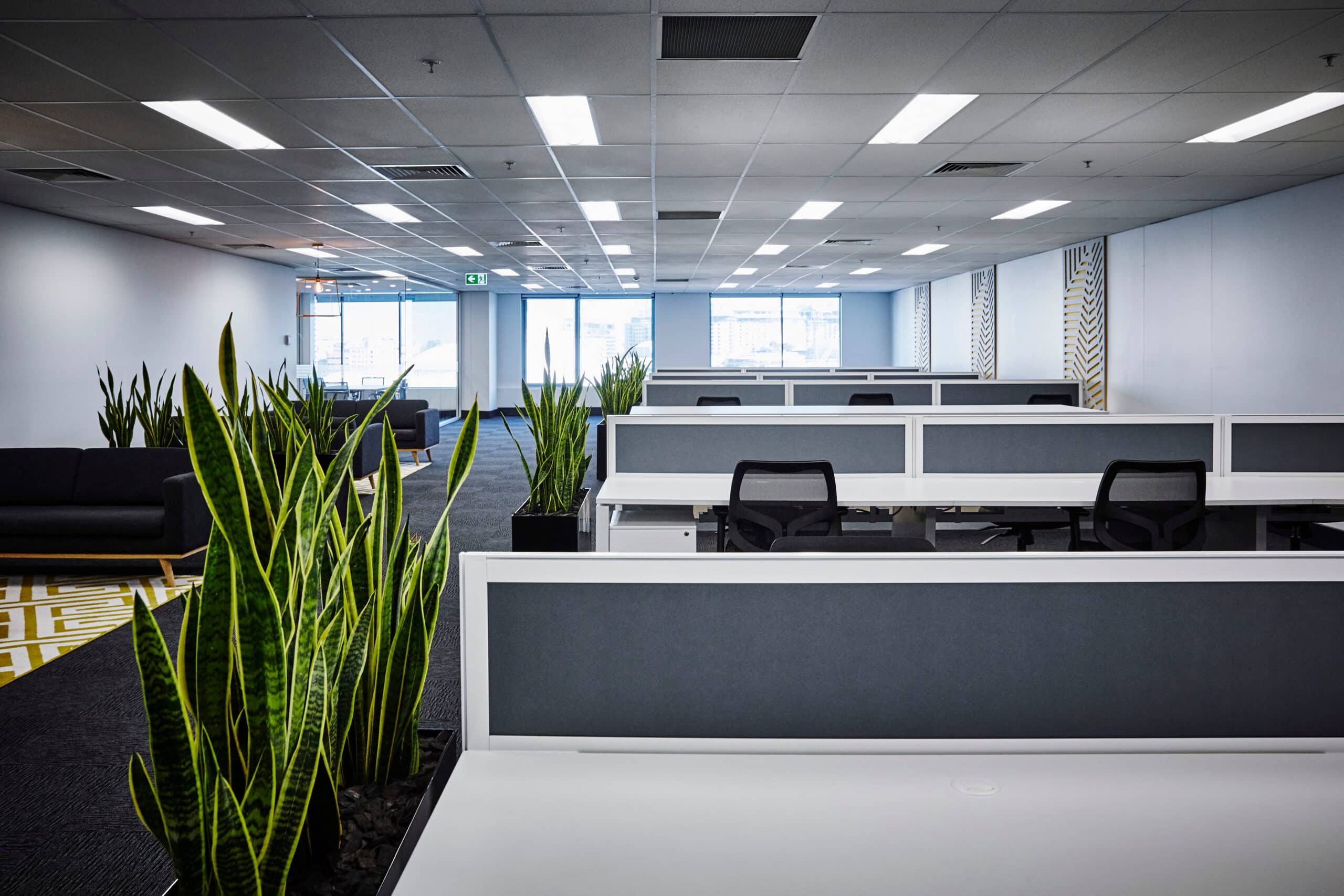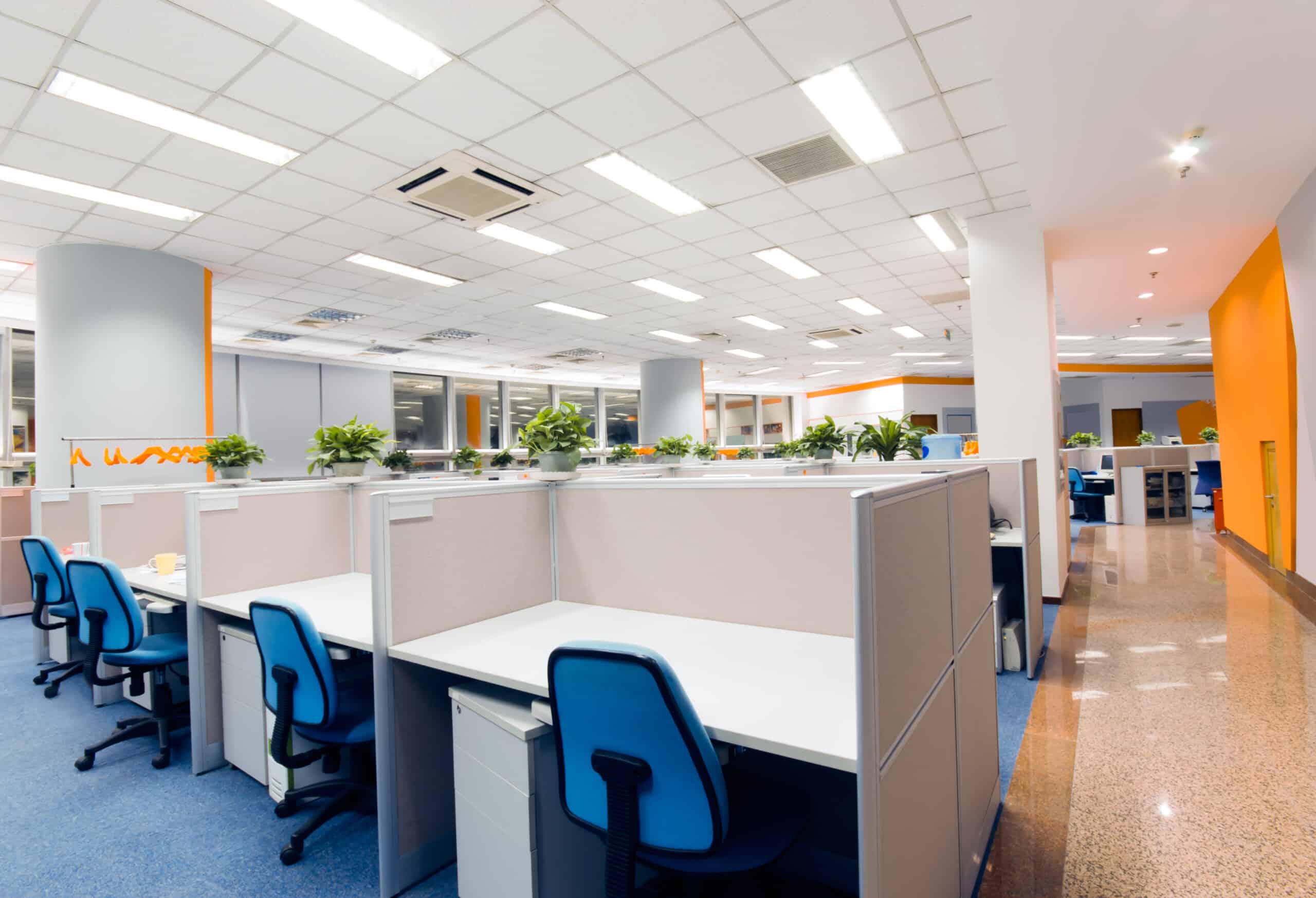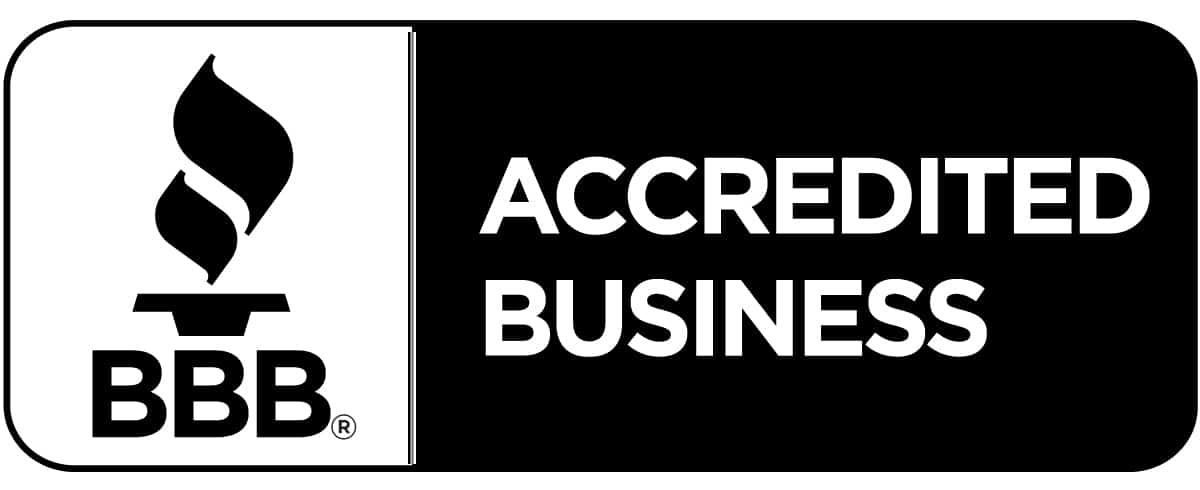According to the Merriam Webster dictionary, ergonomics is “an applied science concerned with designing and arranging things people use so that the people and things interact most efficiently and safely.”
Ergonomics is applied to homes – light switches and appliances that are easy to reach, for example. It is applied to vehicles – most vehicle seats are equipped with easy-to-reach controls that allow individuals to easily adjust their seat up, down, back, and forward for maximum comfort and visibility. It is even applied to packaging – such as ergonomically friendly packaging to replace non-ergonomically friendly clamshell packaging. The area where ergonomics is most in demand, however, is in the workplace.
Why is Workplace Ergonomics Important?
In the United States, the average employed individual spends at least a third of each workday on the job. In a workplace that is not ergonomically friendly, employees are expected to alter the way they carry and move their bodies to conform to rigid one-size-fits all workplace scenarios – whether they involve desks and chairs, factory assembly lines, construction job sites, etc.
Is Your Office Furniture Hurting You?
Over time, exhibiting postures and motions that are contrary to individual’s natural and healthy preferences, results in physical damage to the body, including serious and sometimes disabling musculoskeletal disorders such as carpal tunnel syndrome, sciatica, herniated discs, back pain, etc. These disorders cause symptoms ranging from numbness and tingling to chronic pain and even paralysis. Employees who are experiencing pain or discomfort are distracted, less productive, and more likely to take time off of work or need extended medical leave to achieve relief.
Ergonomic Solutions for the Workplace
From a moral perspective, pursuing an ergonomically friendly workplace is the responsible thing for employers to do. It’s also incredibly effective from a morale perspective. Employees who feel valued and comfortable will be more loyal and be able to devote their full attention to the job at hand.
While ergonomic solutions in a manufacturing or heavy labor workplace are, for the most part, unique to a particular job site, in the office environment there are one-size-fits-all solutions that free employees from the one-size-fits-all office furniture trap.
Sit-Stand Desks. Is sitting the new smoking? Plenty of researchers say it is. Sitting for long periods of time can contribute to myriad health problems. Sit-stand desks give employees the flexibility to act on cues from their bodies and alternate quickly and easily between the two positions.
Click here to read more about the benefits of sit stand desks.
Active Sitting Chairs. For even more flexibility in the office setting, pair a sit-stand desk with an active sitting chair. There are plenty of options, including chairs that bounce, engage the core to actually build muscle while seated, and balance ball chairs that encourage healthy posture. Active chairs don’t prevent movement like traditional office chairs. They encourage movement, which is beneficial to metabolism, heart healthy, and staves off the productivity- and creativity-zapping feeling of monotony that so many office workers are susceptible to.
Treadmill Desks. A pricier but incredibly ergonomic solution for the office environment is the treadmill desk. As the name implies, it’s a desk attached to a slowly moving belt that workers stand and walk on as they work. It’s the ultimate solution to a sedentary work environment that can lead to so many physical problems.
If you’re an employer and you value your team and your bottom line, it’s worthwhile to pursue ergonomically friendly office furniture options. While you’ll incur an initial investment, it will be a drop in the bucket compared to the price of even one employee undergoing back surgery due to the cumulative effects of an unhealthy workplace.







